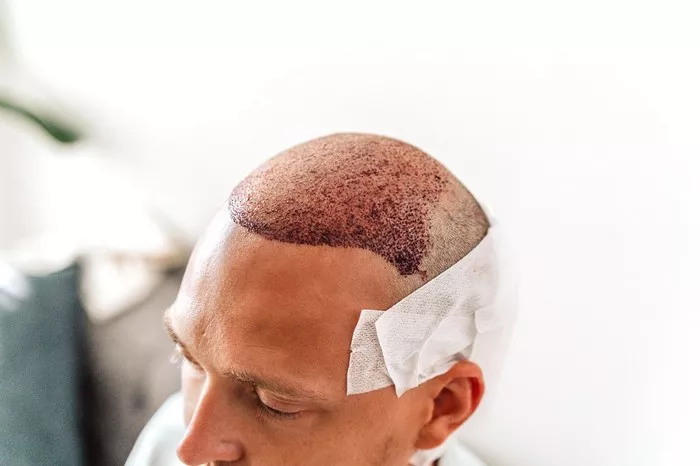Hair loss is a common concern that affects millions of people worldwide, and for those seeking a solution, hair transplant surgery has long been a popular choice. However, as medical technology continues to advance, new and innovative approaches are emerging to enhance the results of hair transplants. One such advancement is Platelet-Rich Plasma (PRP) therapy. In this article, we will delve into the world of PRP therapy for hair transplants, exploring its benefits, procedure, and frequently asked questions.
I. What is PRP Therapy?
Platelet-Rich Plasma (PRP) therapy is a medical procedure that uses the patient’s own blood to stimulate healing and rejuvenation. PRP is rich in growth factors and platelets, which play a crucial role in tissue regeneration and wound healing. When applied to the scalp, PRP can promote hair follicle growth, improve hair density, and reduce hair thinning. This minimally invasive procedure has gained popularity for its effectiveness in hair restoration.
II. How Does PRP Therapy Complement Hair Transplants?
PRP therapy is often used in conjunction with hair transplant procedures to enhance their outcomes. Here’s how it complements traditional hair transplants:
Stimulates Hair Follicles: PRP therapy promotes the growth of hair follicles, making it an ideal option for individuals with thinning hair who may not have enough healthy hair follicles for a successful transplant.
Accelerates Healing: PRP can expedite the healing process after a hair transplant, reducing downtime and discomfort.
Improves Graft Survival: When applied to the donor and recipient areas, PRP can enhance the survival rate of transplanted hair grafts, resulting in a fuller and more natural-looking outcome.
III. The PRP Therapy Procedure
The PRP therapy procedure is straightforward and typically follows these steps:
Blood Collection: A small amount of the patient’s blood is drawn, similar to a routine blood test.
Centrifugation: The drawn blood is then placed in a centrifuge, which separates the plasma and platelets from other blood components.
Platelet Activation: The separated PRP is activated to release its growth factors, making it more potent for treatment.
Application: The activated PRP is carefully injected or topically applied to the scalp in the areas of concern.
Recovery: There is little to no downtime after PRP therapy, and patients can usually resume their regular activities immediately.
IV. Frequently Asked Questions (FAQs)
1. Is PRP therapy effective for all types of hair loss?
PRP therapy is most effective for individuals with early-stage hair loss or thinning. It may not be as successful for those with advanced baldness.
2. How many PRP sessions are required for noticeable results?
The number of sessions required varies from person to person. Generally, a series of treatments spaced a few weeks apart is recommended for optimal results.
3. Are there any side effects of PRP therapy for hair transplants?
Side effects are minimal and usually include temporary redness or swelling at the injection sites. These effects typically resolve within a few hours to days.
4. Is PRP therapy painful?
PRP therapy is generally well-tolerated, with minimal discomfort. Some patients may experience mild pain or soreness at the injection sites, which can be managed with over-the-counter pain relievers.
5. When can I expect to see results after PRP therapy?
Results vary, but many patients start noticing improvements in hair thickness and texture within a few months of completing their PRP sessions.
6. Can PRP therapy be combined with other hair loss treatments?
Yes, PRP therapy can be combined with other treatments like topical minoxidil or oral medications to enhance hair restoration outcomes.
7. Is PRP therapy safe?
PRP therapy is generally considered safe since it uses the patient’s blood, reducing the risk of allergic reactions or infections.
In conclusion, PRP therapy for hair transplants offers a promising approach to addressing hair loss and thinning. By harnessing the power of platelets and growth factors, this innovative procedure can improve the results of hair transplant surgery and promote natural-looking hair regrowth. If you’re considering PRP therapy for hair restoration, consult with a qualified medical professional to determine if it’s the right option for you and discuss any specific questions or concerns you may have.

